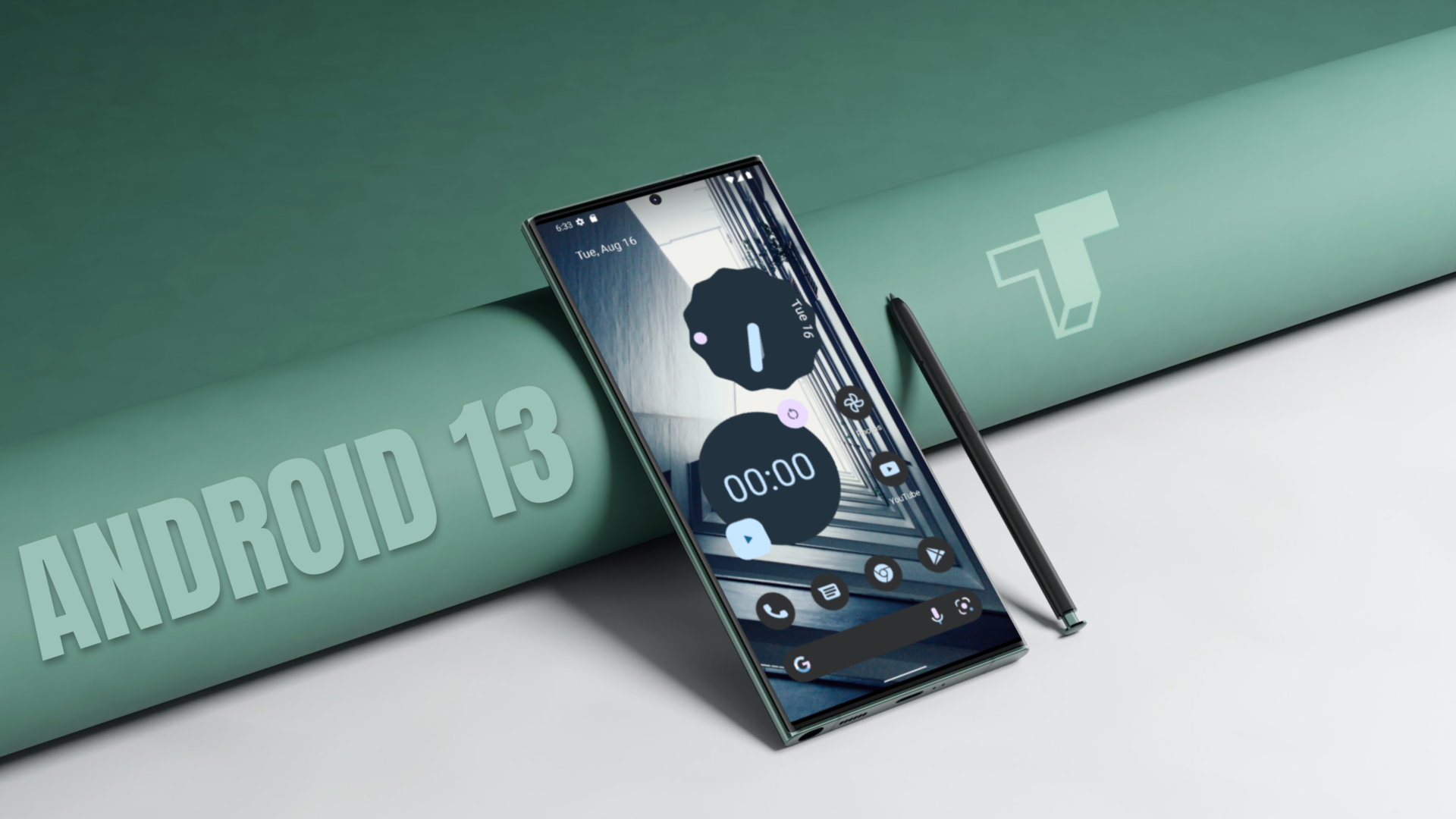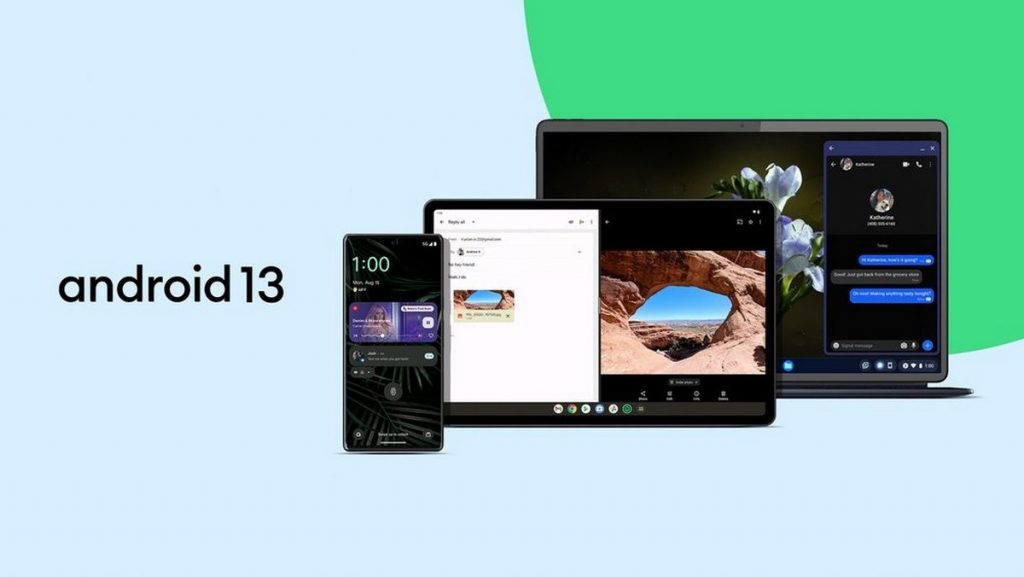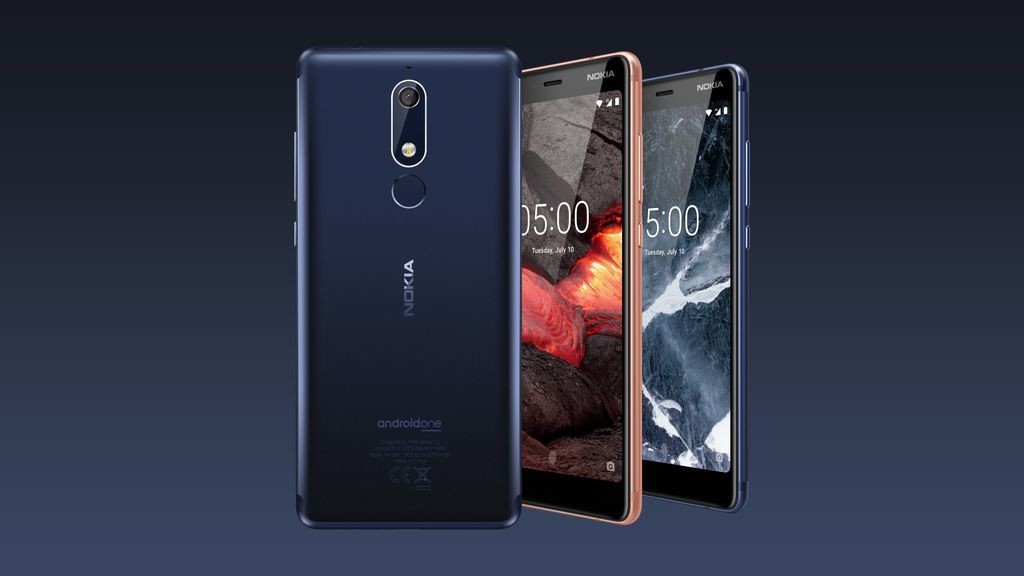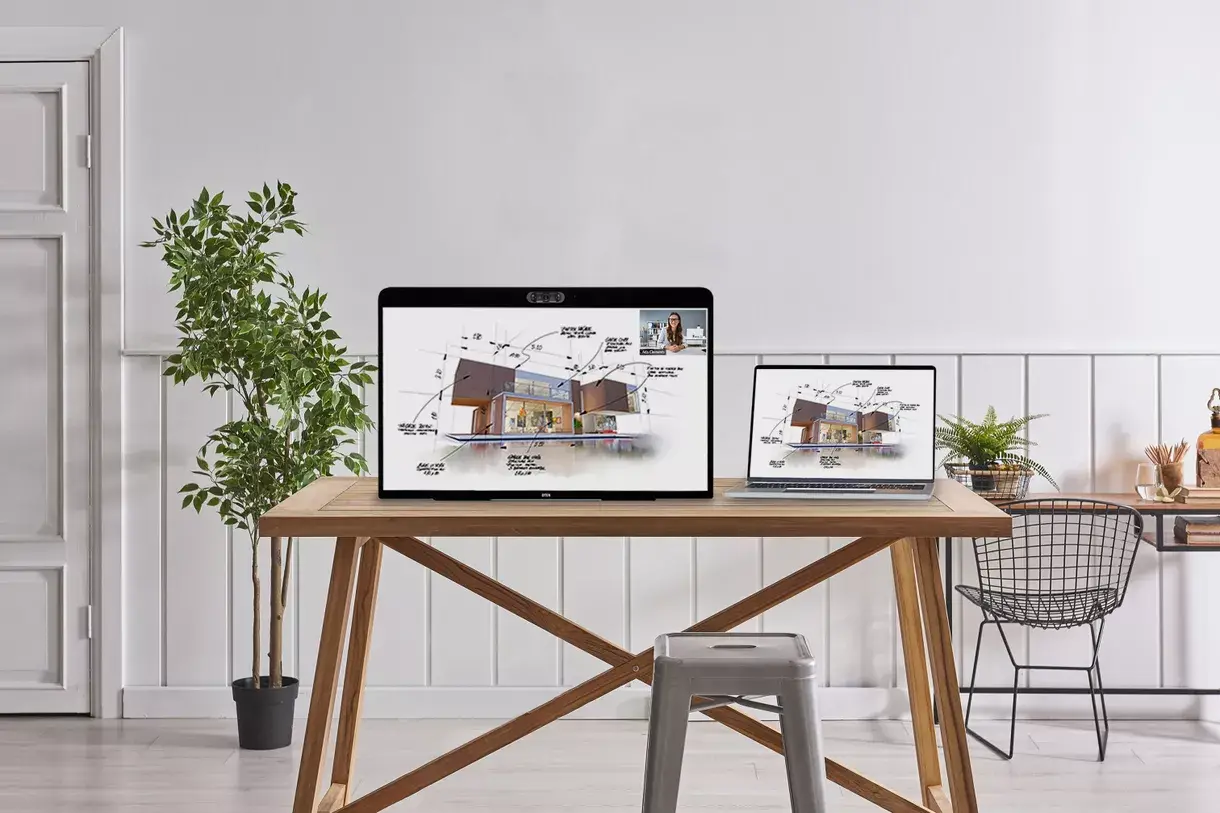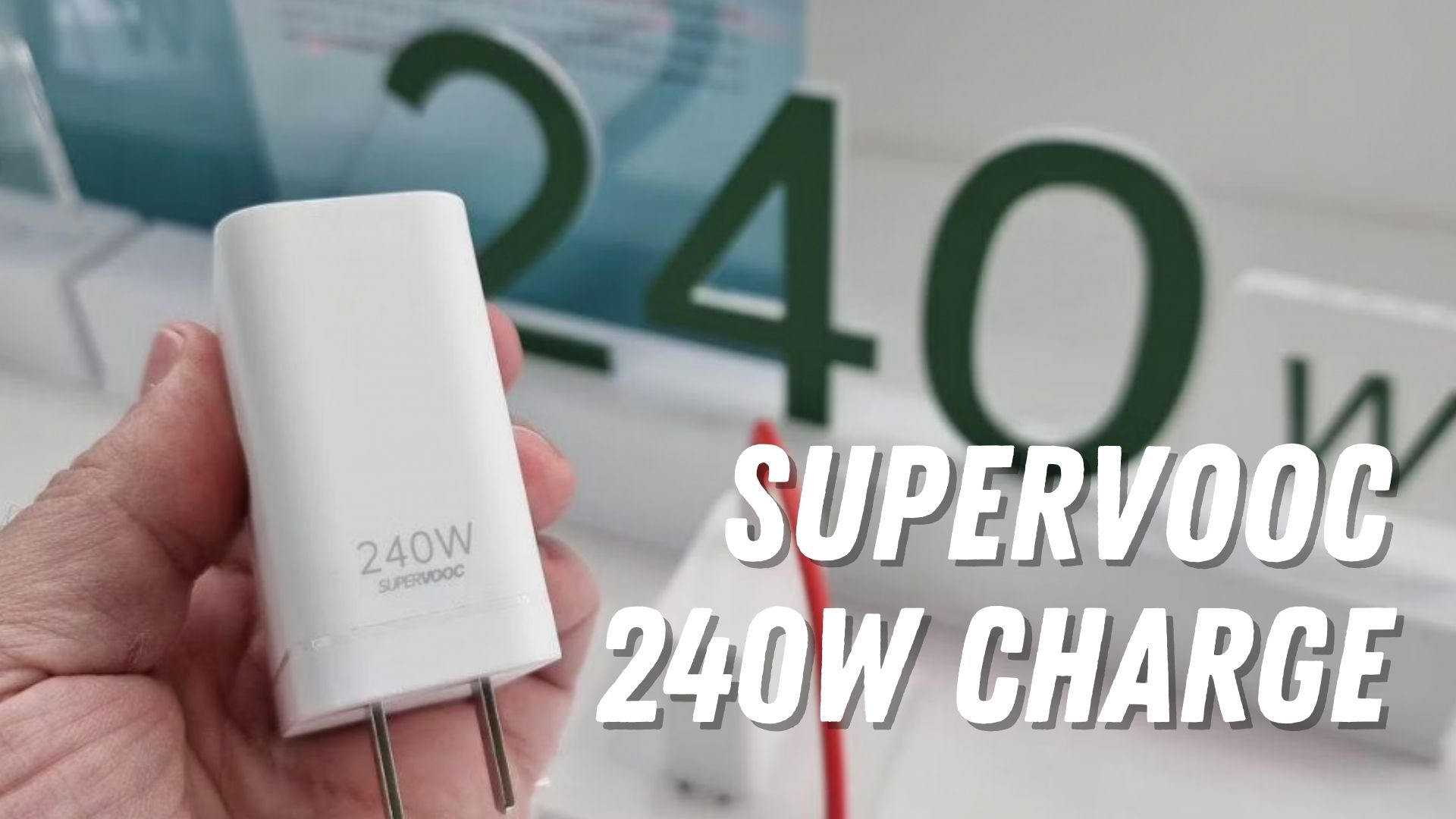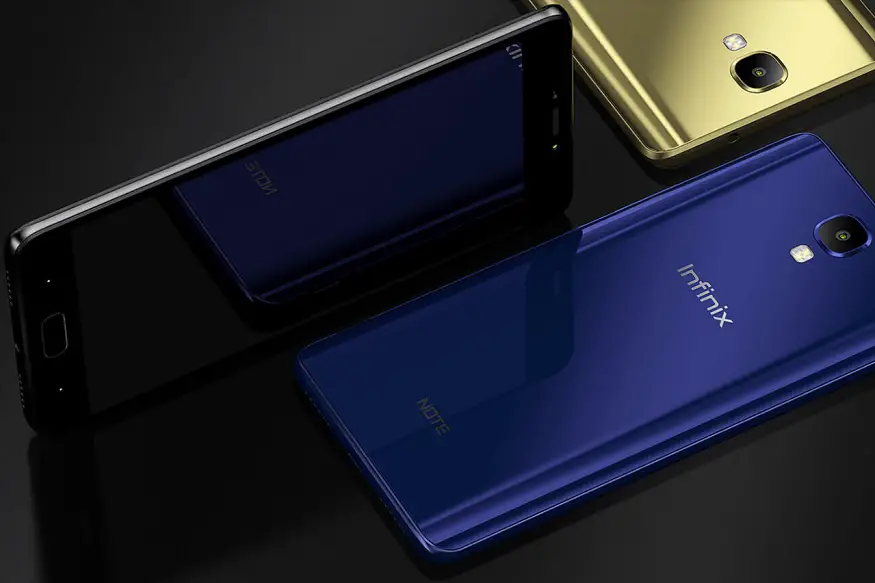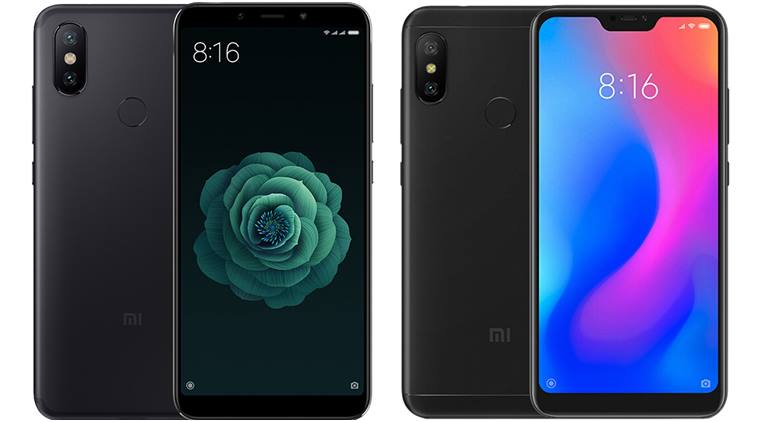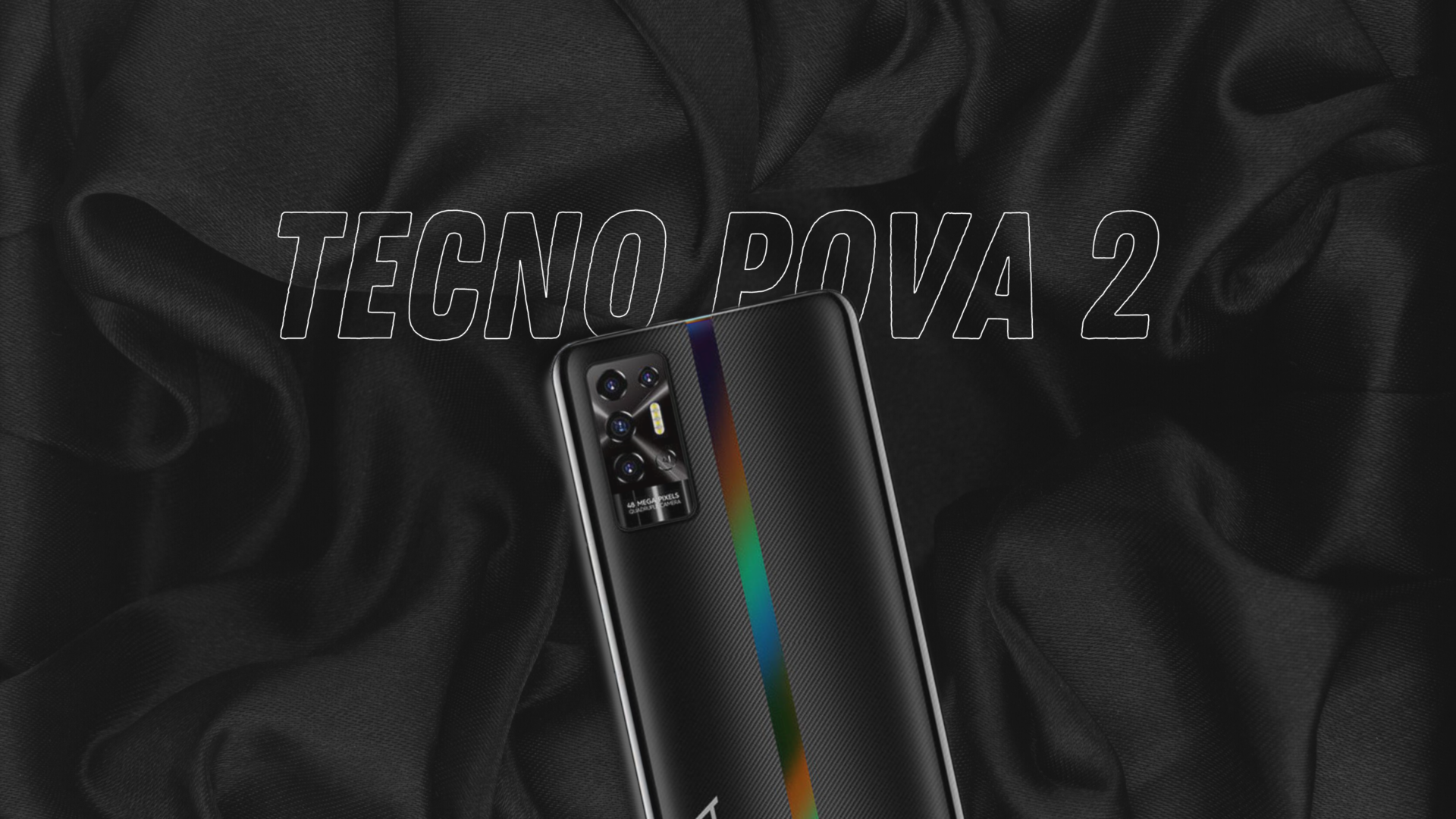For the past few days, there has been news around Android 13 and not to forget that the new Android version has been in the making for almost half a year now. With that being said, the Android 13 is officially here and rolling out across all eligible Pixel devices starting today i.e. Tuesday (August 16).
Android 13 has officially arrived
Last year, the Android 12 was out in early October and it seems this year, Google decided to launch the next-gen Android 13 iteration more than a month early i.e. August 16. As said, Google’s Pixel devices are the first ones to get their hands on the stable update given the fact that they have been getting more than half a dozen iterations since February.
Other smartphone manufacturers like OnePlus, Xiaomi, Motorola, Oppo, Samsung, iQOO, HMD Global, Realme, Vivo, Tecno, Sony, Sharp, and others will join the wagon “later this year”. It is because Google has released the official open-source Android 13 version and now, OEMs will have to design and tweak it based on their custom UIs which takes a lot of time.
Android 13 – What’s new?
Android 13 brings a lot onboard. The new UI is based on Google’s Material You theming system that now supports icons for third-party apps too. You can choose a specific language for apps which means YouTube can now use Espanol (or others) whereas Spotify can continue using English (US) or so on.
The clipboard on Android 13 now wipes off after a specific period of time. Now apps won’t get access to the entire media library when sharing a single item. Apps won’t have a default setting to send you notifications, rather they will have to ask the users whether to allow sending notifications or not.
Android 13 now supports Spatial Audio, another feature added towards headphones allowing intuitive head tracking. There’s Bluetooth LE Audio support onboard that offers enhanced quality, lower latency, and broadcasting audio through several devices simultaneously.
